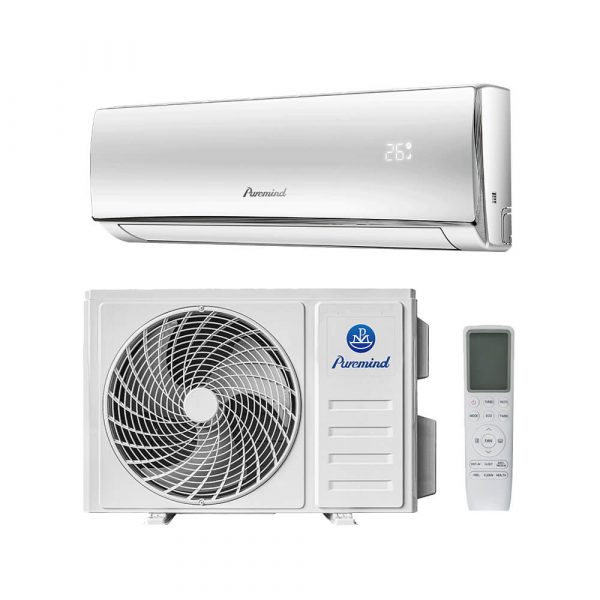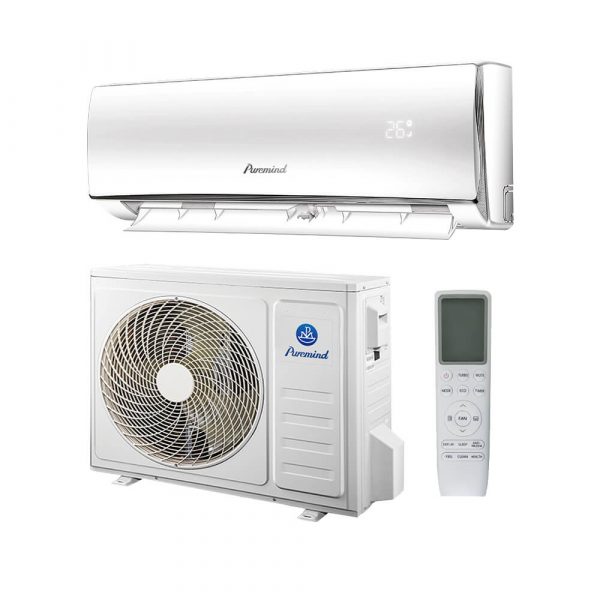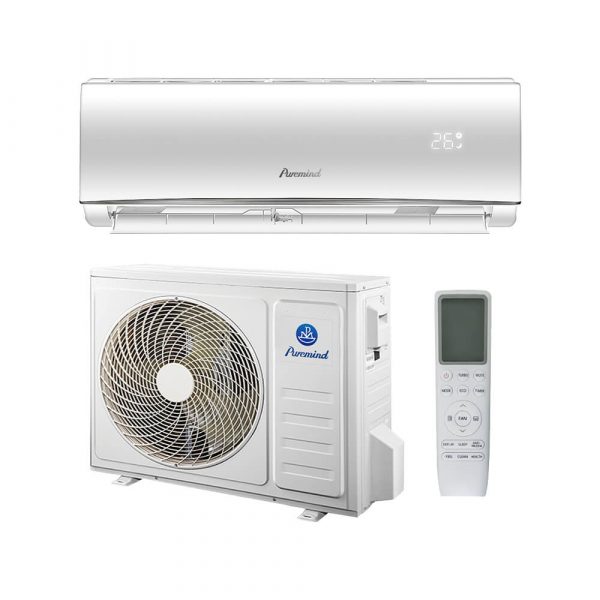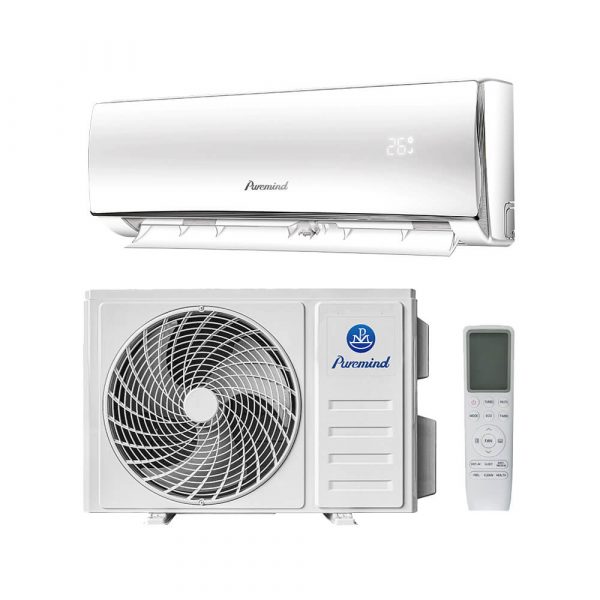Ductless Mini-Split Air Conditioners: Complete Guide
In the world of modern HVAC systems, ductless mini-split air conditioners are gaining popularity for their energy efficiency, zoning flexibility, and compact installation. Whether you’re replacing an outdated central system or adding climate control to a new space, ductless mini-splits offer a versatile, low-maintenance solution. This guide explores what they are, how they work, their pros and cons, and what to consider before buying one.
What Is a Ductless Mini-Split Air Conditioner?
A ductless mini-split air conditioner is a two-part HVAC system that includes an indoor unit and an outdoor compressor. Unlike traditional systems that rely on ductwork to distribute cooled air, mini-splits deliver air directly into a room or zone through the indoor unit. The indoor and outdoor units are connected by refrigerant lines and electrical wiring.
This system is ideal for room additions, apartments, garages, basements, or homes without existing ductwork.
How Does a Ductless Mini-Split Work?
The system uses a refrigerant cycle to absorb heat from inside a room and release it outside. Here’s a simplified breakdown:
- Indoor unit: Draws warm air in and passes it over an evaporator coil to absorb heat.
- Refrigerant line: Transfers heat to the outdoor unit.
- Outdoor condenser: Expels the absorbed heat and circulates refrigerant back to the indoor unit.
Many ductless systems are also heat pumps, meaning they can reverse this process to provide heating in winter.
Key Benefits of Ductless Mini-Split Systems
1. Energy Efficiency
Mini-splits use inverter-driven compressors that adjust output based on demand, minimizing energy waste. They also eliminate duct losses, which can account for 20–30% of energy waste in traditional systems.
2. Zoned Comfort
Each indoor unit controls a specific zone or room, allowing for personalized temperature settings and reducing energy use in unoccupied areas.
3. Easy Installation
No ductwork is needed. Installations are minimally invasive—typically just a 3-inch hole through the wall for refrigerant lines.
4. Quiet Operation
The indoor units are whisper-quiet (as low as 20 dB), and the outdoor units are far quieter than standard compressors.
5. Year-Round Use
Many ductless mini-splits include heating capability, making them an all-in-one climate control solution.
Where Ductless Mini-Splits Excel
Ideal applications for ductless mini-split air conditioners include:
- Homes without ductwork (e.g., older buildings)
- Room additions and detached garages
- Small apartments or studio units
- Server rooms or data closets
- Sunrooms or attic conversions
Cost Overview
The price of a ductless mini-split varies based on brand, BTU capacity, features, and number of zones:
- Single-zone (9,000–12,000 BTU): $800 – $2,000 (unit only)
- Multi-zone (2–4 zones): $2,500 – $5,000+
- Professional installation: $500 – $2,500 depending on complexity
While initial costs may be higher than window units, long-term energy savings often outweigh the investment.
Installation Tips
Proper installation is key to performance and efficiency. Here are some tips:
- Mount indoor units on an exterior wall for easy refrigerant line routing.
- Ensure good airflow around both indoor and outdoor units.
- Use a licensed HVAC technician for refrigerant charging and wiring.
- Install a surge protector to safeguard electronics.
Some models are DIY-friendly with pre-charged lines, but professional installation is recommended for most systems.
Maintenance Requirements
Maintaining a ductless mini-split is simple:
- Clean filters every 2–4 weeks.
- Wipe indoor unit vents and housing.
- Inspect refrigerant lines annually.
- Flush condensate drain to prevent mold or leaks.
Annual servicing by an HVAC pro helps extend system life and maintain efficiency.
Limitations to Consider
- Upfront Cost: Higher than window or portable units.
- Wall Space: Requires a spot to mount the indoor unit.
- Indoor Appearance: Some may prefer ducted vents over wall-mounted units.
Where to Buy Reliable Mini-Split Systems
If you’re looking for high-quality, energy-efficient ductless systems, check out Puremind’s range of split air conditioners. As a professional manufacturer, Puremind offers a wide selection of mini-split ACs suited for residential and commercial use.
FAQs About Ductless Mini-Splits
Q: How long do ductless mini-splits last?
With proper maintenance, most systems last 15–20 years.
Q: Can one unit cool an entire house?
A single-zone unit is ideal for one room. Whole-home solutions require multi-zone systems with multiple indoor units.
Q: Are ductless systems good for heating?
Yes. Heat pump models are highly efficient even in cold weather down to -5°F or lower (depending on the model).
Q: Do they require duct cleaning?
No ducts = no duct cleaning needed. Just maintain the filters and coils for optimal performance.
Conclusion
Ductless mini-split air conditioners offer an unbeatable combination of energy efficiency, flexible zoning, and quiet performance. They are ideal for both retrofits and new builds, and provide a modern, scalable alternative to traditional HVAC systems. With the right setup and professional installation, they can keep your space comfortable all year long.
Ready to upgrade your comfort system? Explore Puremind’s full collection of ductless mini-split air conditioners and find the perfect solution tailored to your cooling and heating needs.







